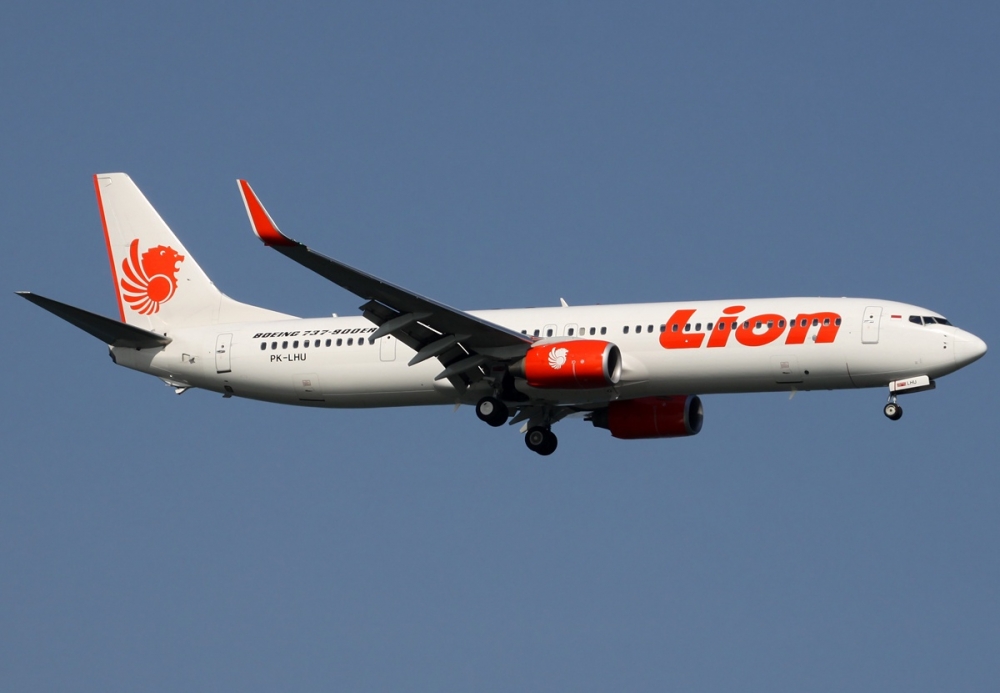The facts, the questions, and fiction of the Lion Air tragedy
14 November, 2018
4 min read
By joining our newsletter, you agree to our Privacy Policy


The investigation into the loss the Lion Air 737 MAX on October 29 has developed into complex scrutiny of the latest model of the Boeing 737, not all of which is flattering with only a few facts and a little fiction creeping in.
Like so many crash investigations a lack of information is fueling speculation and it appears that a secondary issue relating to the 737 MAX design software may be leading the focus away from the central issue of what caused the crash and why the aircraft wasn't grounded.
Boeing is correctly silent on the issue of the Lion Air crash as under ICAO rules the Indonesians are leading the investigation. Boeing and the US NTSB are parties to the investigation but their ability to comment publicly must wait to when the reports are issued.
READ: Best airlines for 2019
What we know, and central to the investigation, is that the Lion Air accident aircraft suffered three prior upsets caused by erroneous speed and Angle of Attack (AOA) data, which appears to fault the Pitot Tube and Static Port system and the AOA vane.
On three occasions the pilots of the flights managed to fly the aircraft to its destination and apparently write up the problems to be attended to by maintenance engineers. Lion Air confirms this.
The first question is however what did they write up and was it detailed enough? Sometimes pilots will jot brief notes and the engineers are left wondering.
Secondly after TWO upsets why wasn’t the aircraft pulled from service? And after THREE upsets surely someone must have said we have a serious problem and this aircraft must be grounded.
To the fatal flight, we still do not have the Cockpit Voice Recorder and that will be critical to understanding exactly what the pilots were thinking and why.
We know they encountered the same speed and AOA issues as earlier flights but then lost control of the aircraft.
Enter Boeing’s new Maneuvering Characteristics Augmentation System (M-CAS) to assist pilots flying the 737 MAX manually.
According to an engineer who spoke to Airlineratings.com the system was added to the MAX to compensate for the higher thrust engines which are also positioned differently on the wing which leads to a nose-up tendency in manual control.
The system aids the pilots but acts more like a background monitoring program on a computer like an anti-virus program. Its major function is to trim the stabilizer nose down – to prevent a stall- and activates when the Angle of Attack exceeds a limit based on airspeed and altitude data feed.
It can be simply deactivated when the STAB TRIM CUTOUT switches are moved to CUTOUT and then the pilot trims the aircraft manually.
This problem – Runaway Stabilizer – is covered in the Flight Crew Operations Manual Bulletin alert - sent out after the crash - which simply reminds pilots of actions to take if there is a Runaway Stabilizer Trim. These memory items are in the manual, as is the M-CAS system.
Erroneous AOA data - which can impact any aircraft - can cause a host of problems and the solutions are covered in the Boeing manuals. Also, the pilots can visually see the stabilizer trim wheels in the cockpit and would know that it was pushing the nose down.
According to one former Australian crash investigator Boeing didn’t alert pilots to the background M-CAS as its complex and can be easily disconnected by following existing actions for Runaway Stabilizer.
He maintains that accusations that Boeing hid the system are simply not true. “Why would they?” "Why would they "hide" a system that helps a pilot?
However, the Allied Pilots Association is not happy. They told CNN that they rejected Boeing's assertion that a safety bulletin issued last week was meant to reinforce procedures already in the 737 MAX flight manual.
"They (Boeing) didn't provide us all the info we rely on when we fly an aircraft," Captain Dennis Tajer, a spokesman for the group told CNN. "The bulletin is not re-affirming, it's enlightening and adding new info."
But the Australia crash investigator counters that saying "this is all about not overloading the pilot with too much information or alarms. Besides the US pilot union also says there is not a safety issue with the MAX and it has been flying for over 2 1/2 years and 219 have been delivered.
Get the latest news and updates straight to your inbox
No spam, no hassle, no fuss, just airline news direct to you.
By joining our newsletter, you agree to our Privacy Policy
Find us on social media
Comments
No comments yet, be the first to write one.


